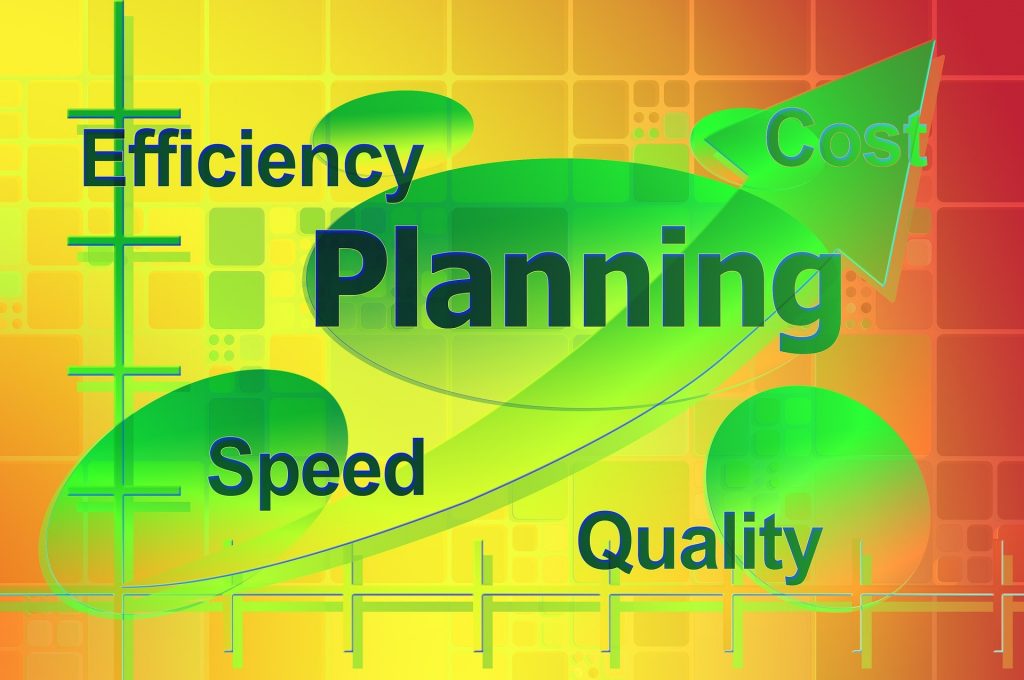Getting Things Done Better

Getting things done on our to-do-list consumes us all. If I asked you to stop reading this page, you brain would easily fill the space with a to-do-list of things.
Technology is supposed to manage all of this, and it does so quite well. It lulls us into adding things to our to-do-list where we somehow believe that we can still be productive.
In 2001, David Allen a time management and productivity proponent wrote Getting Things Done: The Art of Stress-Free Productivity. He was not the first nor the last linking the reduction of stress as a means of increasing productivity and enhancing critical thinking.
However, he is unique because he formulated a practical system that draws on years of experience in 35 different jobs, Buddhist meditation, and martial arts mastery. You might imagine him a Western devotee enlightening the minds of material-minded businessmen. Rather, he speaks the corporate language of performance in such a way that the virtues of emptying one’s mind are doable without years of practice.
As all beginning meditators know, sitting in silence, focusing on the breath and emptying the mind can be a herculean task. And, for those who are time-driven, results should come sooner not later.
Allen understands both worlds. Rather, than trying to dismiss the mental chatter, he recognizes it as the brain’s means of tracking an overflow of information – which the brain is not designed to do.
The brain needs space to focus and concentrate. Click To Tweet
Allen’s GTD method is to address the urgency of thoughts by getting them out of your brain and into a container system for later action. This creates space the brain needs to focus and concentrate on what’s important at the moment without stress and distraction.
The GTD (Getting It Done) Method
- Capture: record the to do thoughts that are vying for attention.
- Clarify: What is this thought about and is it meaningful?
- Organize: Assign each an action category and note what’s the first action step needed.
- Reflect: Actively review what’s on the list, prioritize, review again and update.
- Engage: Allocate time and work from each action step to the next.
For example, an extraneous thought for the free report came to mind while I was working on my bank reconciliation. I immediately recognized it as brilliant (my personal judgment) and momentarily let my mind wander to a catchy title. My brain was so ready to drop the banking statement in favor of this new hot idea. Normally, I would put the bank statement aside and jump at the chance to let my brain get fired up with all sorts of new ideas.
If I follow Allen’s GTD system. I capture the thought and record it. In my case, a spiral notebook which keeps me from sorting through an avalanche of loose papers.
Next, to clarify. Is this an action meaningful and worth pursuing? Well, I need to create a free report as part of my marketing strategy. This idea interests me so I’ll consider looking into this further.
In terms of organization, I’ll add it to my notebook category section marked “project ideas.” My first action step may be to do a quick Google keyword search and see what kind of information already exists on the topic. And, a next step could be to scan some of the entries and see if this is a worthwhile topic to pursue. These two steps should suffice to tell me if I should continue or send it to the trash bin.
Next, I’m ready to pursue this topic further. But, where am I going to find the time, given my other commitments? This is where, according to Allen, I have to reflect and prioritize this into my schedule and continue to monitor my progress.
Finally, I allocate my time to work on this project and begin a process of engaging in a series of action steps.
I’ve included a short 3-minute video of a David Allen excerpt, which highlights his system. There are other videos of his that you can find on YouTube where he details his approach to increasing productivity and critical thinking.
What is it that you do that makes you think you are productive?
Sources:
http://www.cnn.com/2016/03/10/health/zen-and-art-of-getting-things-done-wisdom-project/
https://en.wikipedia.org/wiki/David_Allen_(author)
http://gettingthingsdone.com/fivesteps/
Image: Pixabay 394145